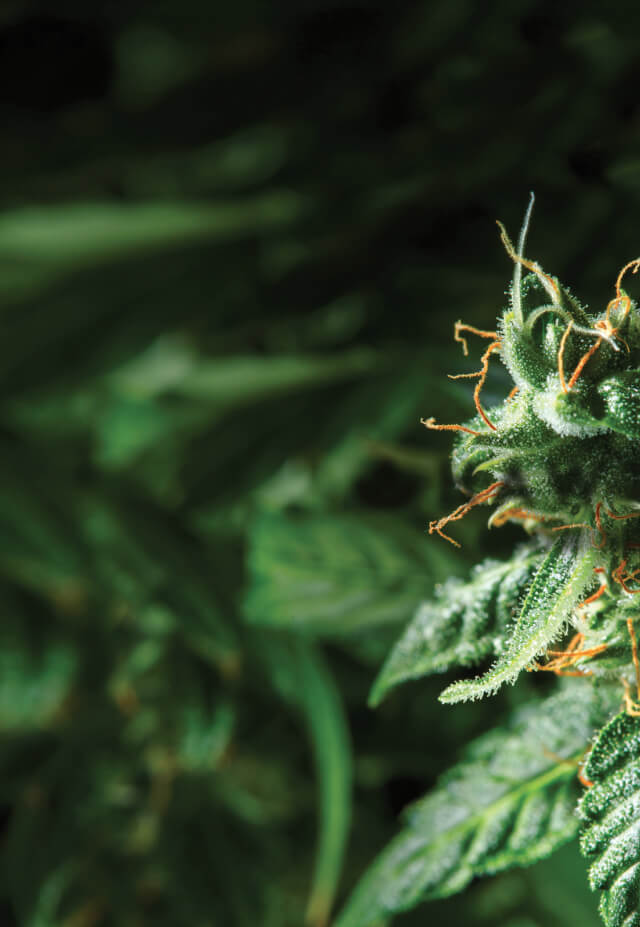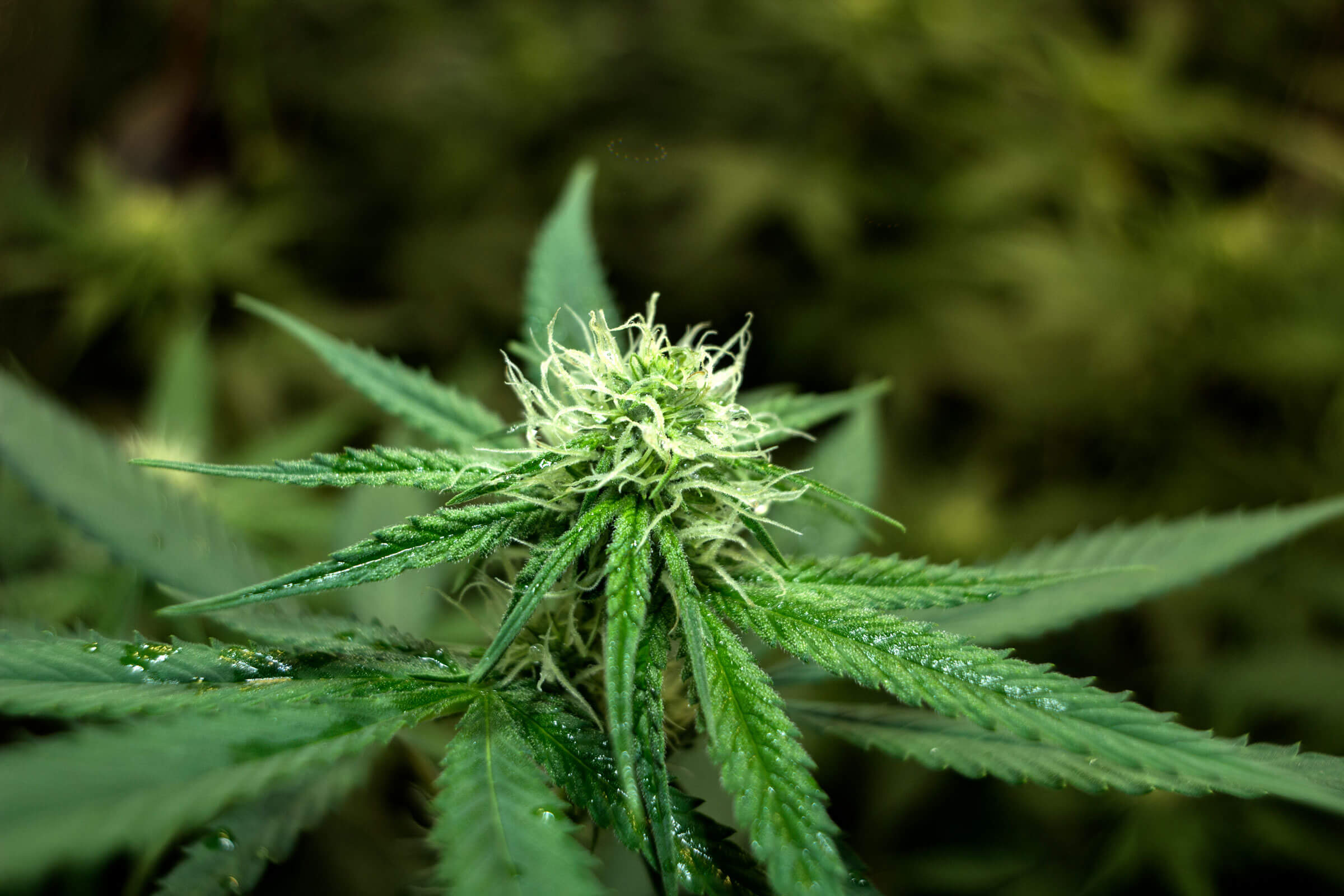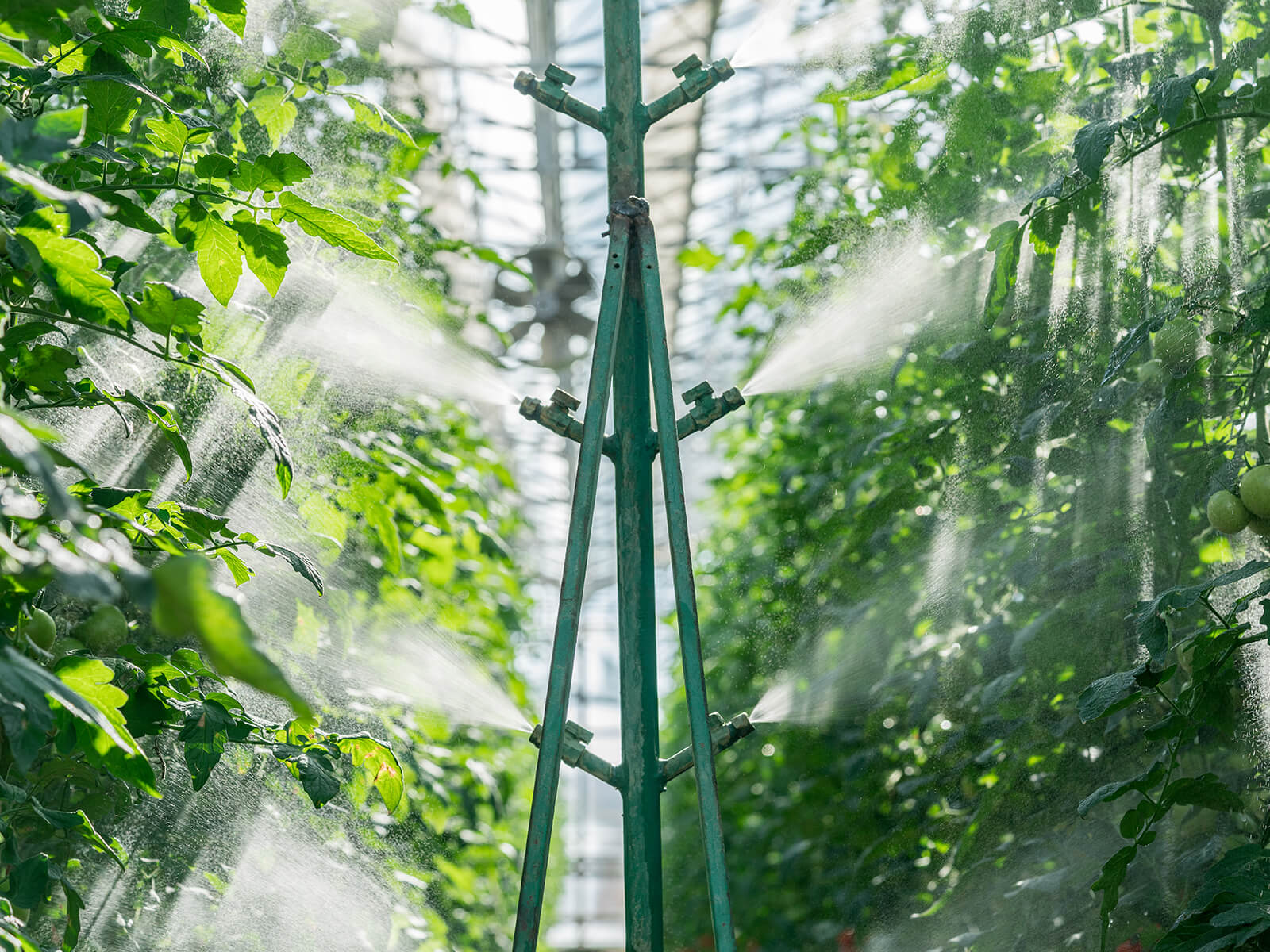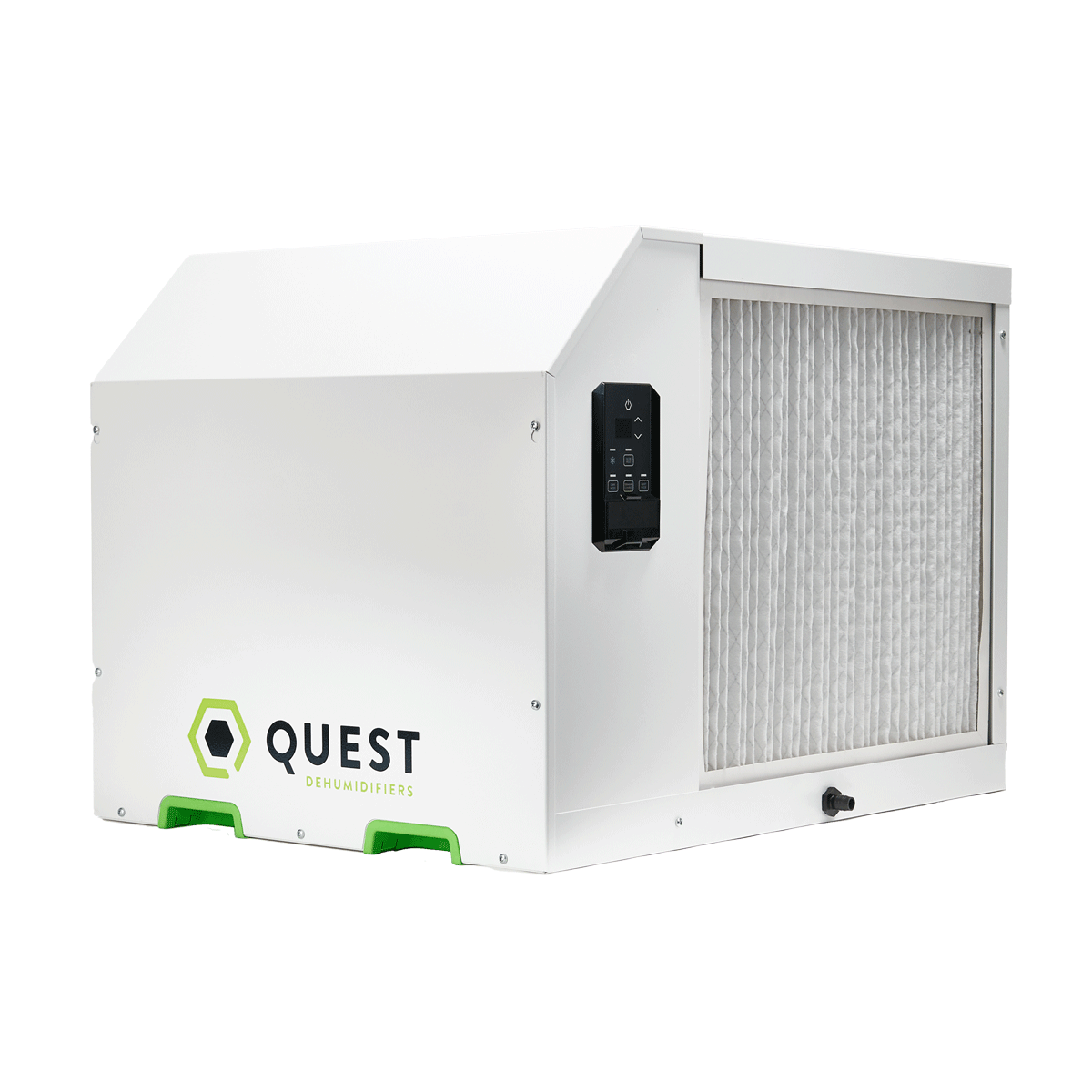Better Irrigation for Better Crops
Irrigation management is often one of the most overlooked factors in horticultural production. While every grower understands that crops need water to perform basic biological functions, there are still misconceptions as to how and when a crop should best be watered. Ornamental and vegetable growers have tackled this issue for years. As more and more medicinal growers move to container-based production in a controlled environment, the assumption is that watering should be roughly the same as the traditional soil based methods. The reality is, irrigation methods should be tailored to growing style and cultivar.
Why proper irrigation matters
Irrigation is only one piece of the puzzle when it comes to high-quality crop production, but it can easily become a limiting factor if ignored or mismanaged. Container-based production gives growers a high degree of control over every aspect of the crop’s root zone, but with this control comes an increased need for precise and properly managed irrigation. This irrigation management is important for avoiding “drought stress.”
“Drought stress” is a general, qualitative term used to describe how a lack of available water affects a plant’s physiology. Most growers are familiar with what a plant looks like when it is under extreme, acute drought stress. The plant appears wilted and the leaves droop downward because the force that keeps the leaves upright, known as turgor pressure, has dropped due to a lack of water within the plant’s tissues. If left in this state, the plant will continue to lose water until individual cells die, leading to necrosis and potentially death of the entire plant.
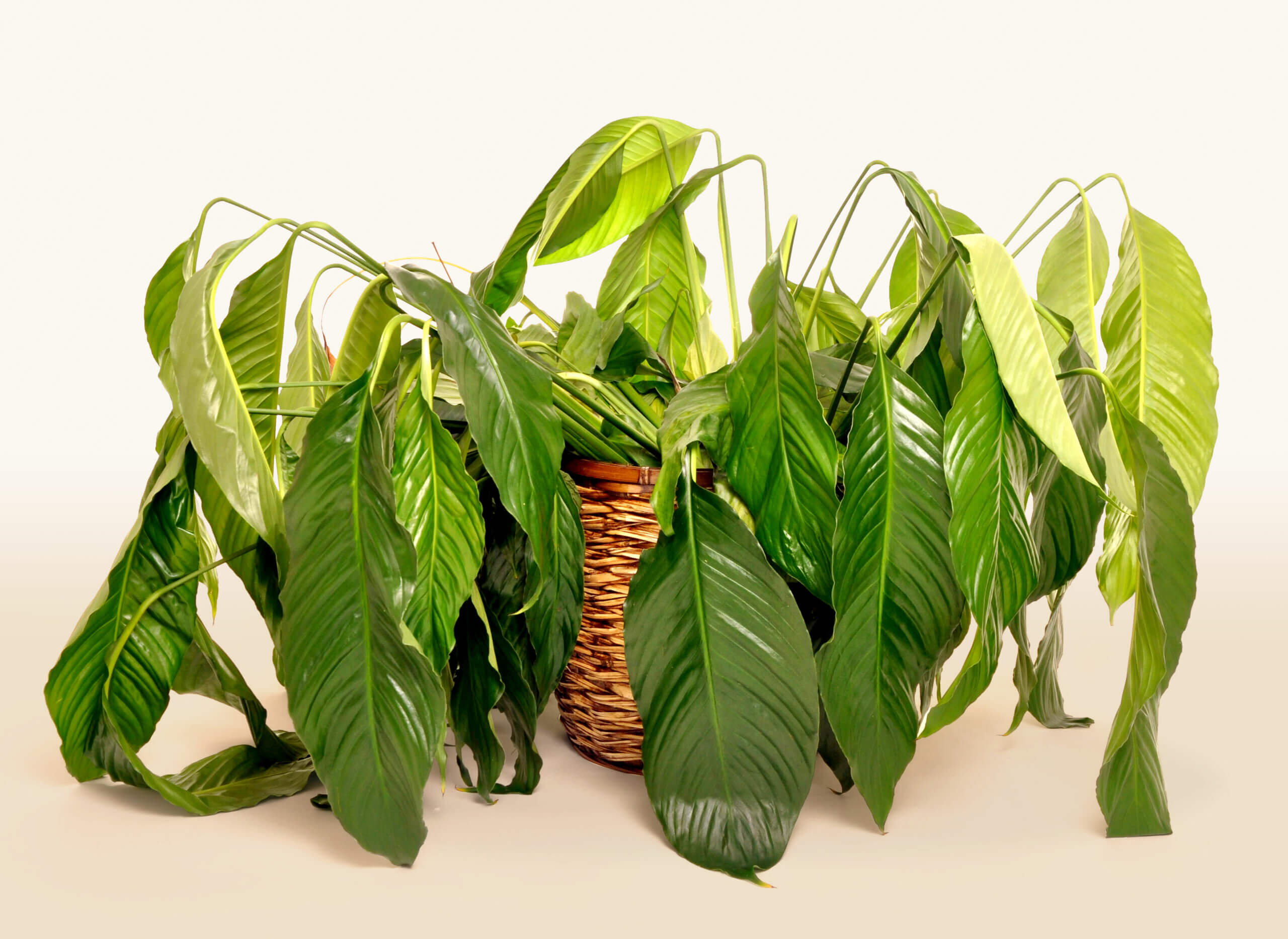
Why even mild drought stress can be problematic
Acute, severe drought stress is easy to recognize, but chronic, mild drought stress can go unnoticed through a crop’s entire lifecycle. This is because plants are programmed to adapt to a lack of moisture in the root zone long before visually detectable symptoms such as wilting occur.
All plants are capable of adapting to their environment in some way. This is because in nature they don’t have the luxury of choosing where they end up spending their life. If a seed germinates in a spot that is too dry, it can’t move closer to the nearest stream. Instead, it has to adapt. This adaptability allows plants to balance growth with survival in many conditions, including lack of moisture. Responses to adverse growing conditions such as drought stress have a tradeoff: the plant sacrifices some growth potential in order to ensure its survival. This means crops can have reduced growth (and yield) as a response to improper irrigation management without visible symptoms.
What happens when a plant experiences drought stress
When a plant’s roots experience a lack of available water in the media or soil, one of the first responses is for the stomata—the small openings on leaves that allow gas exchange to occur—to close. This restricts transpiration and prevents carbon dioxide from entering the leaf cells, in turn slowing photosynthesis and growth. Stomata closing is a relatively short-term strategy to prevent moisture loss, but plants exposed to consistent drought stress have long-term strategies to adapt to a lack of moisture in the root zone which are detrimental in a horticultural setting.

Even a single drought stress event can begin to change the way a plant grows and functions. The plant will begin to adapt in order to more efficiently use the water that is available. This is known as a crop’s water use efficiency (WUE). Plants exposed to drought stress will increase their water use efficiency so that the amount of water they have been exposed to in the past will be sufficient to maintain physiological functions, thereby preventing stomata from having to close.
This means the plant will grow smaller leaves with fewer stomatal openings per leaf area, and change their metabolic functions. The plant uses less water, grows slower, and will have a reduced yield. For growers aiming for a highly productive plant, this is a significant problem.
Another way to think about it is by likening it to the fuel efficiency of a car. The highly efficient engine of a hybrid vehicle will sip fuel, requiring fewer fill-ups at gas stations on a long-haul journey. Meanwhile, a gas-guzzling muscle car will use fuel very quickly and need more frequent fill-ups on the same road trip. In the same way, fast-growing, robust plants need the “fuel” of water and nutrients in order to maximize their growth rate and keep their engines running. The smaller, more efficient plant may survive using limited water supplies but this comes at the expense of growth. For a crop to perform at its best, they should be transpiring, photosynthesizing, and growing as quickly as possible. This means keeping the gas tank full, the engine large, and the “foot to the floor.”
To put it simply, we want muscle cars rather than hybrids when it comes to our crops.
How growers can help ward off drought stress
Continuing with our car analogy, in order to keep the “engine” of photosynthesis and growth moving (assuming we have the right amount of light, temperature and humidity), we need a steady supply of water and nutrients. If the gas tank represents available water to the plant in the growing media (or substrate), then it should never be allowed to run dry. A lack of available water in the media leads to the aforementioned drought stress symptoms, and a reduced yield. The best way to prevent reduced yield is through more frequent, lower volume irrigation events throughout the day rather than large, infrequent irrigation events.
Keep in mind, this method, often called “pulse irrigation,” works best with a growing medium like coconut coir or rockwool. This is because the properties of these media is excellent in terms of water-holding capacity, while maintaining enough air porosity to keep the root-zone oxygenated, or with adequate space of air-filled pores.
The future of irrigation systems
The focus on high-quality irrigation system design will increase as the industry continues to move toward more hydroponic-style production. This is because soilless production requires a finely tuned approach to irrigation when compared to traditional soil-based production.
One of the most efficient and accurate ways to deliver water and nutrients to a crop is drip irrigation. This method is designed to add water to the system slowly, thereby allowing growing media components to become fully saturated while minimizing leaching or runoff.
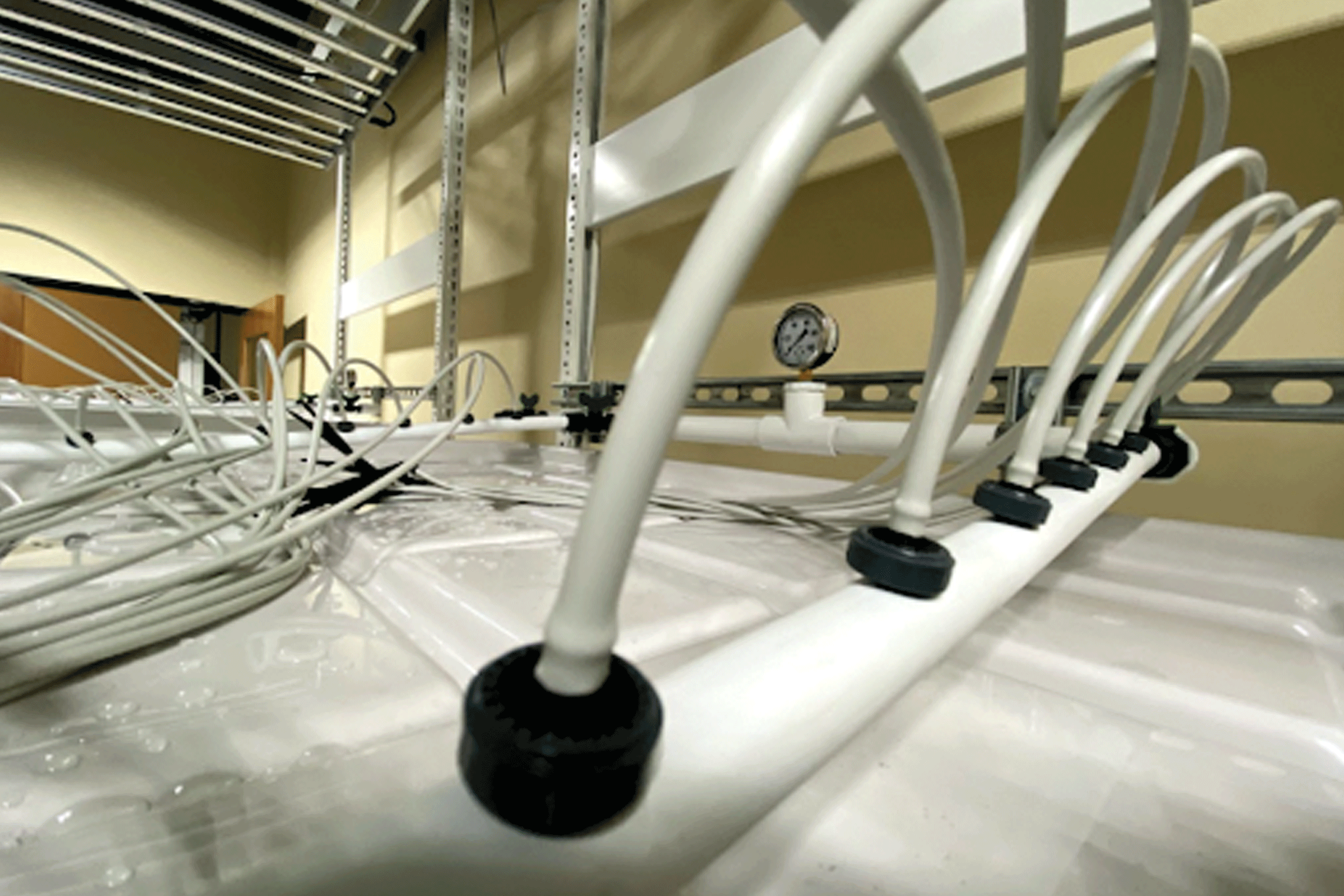
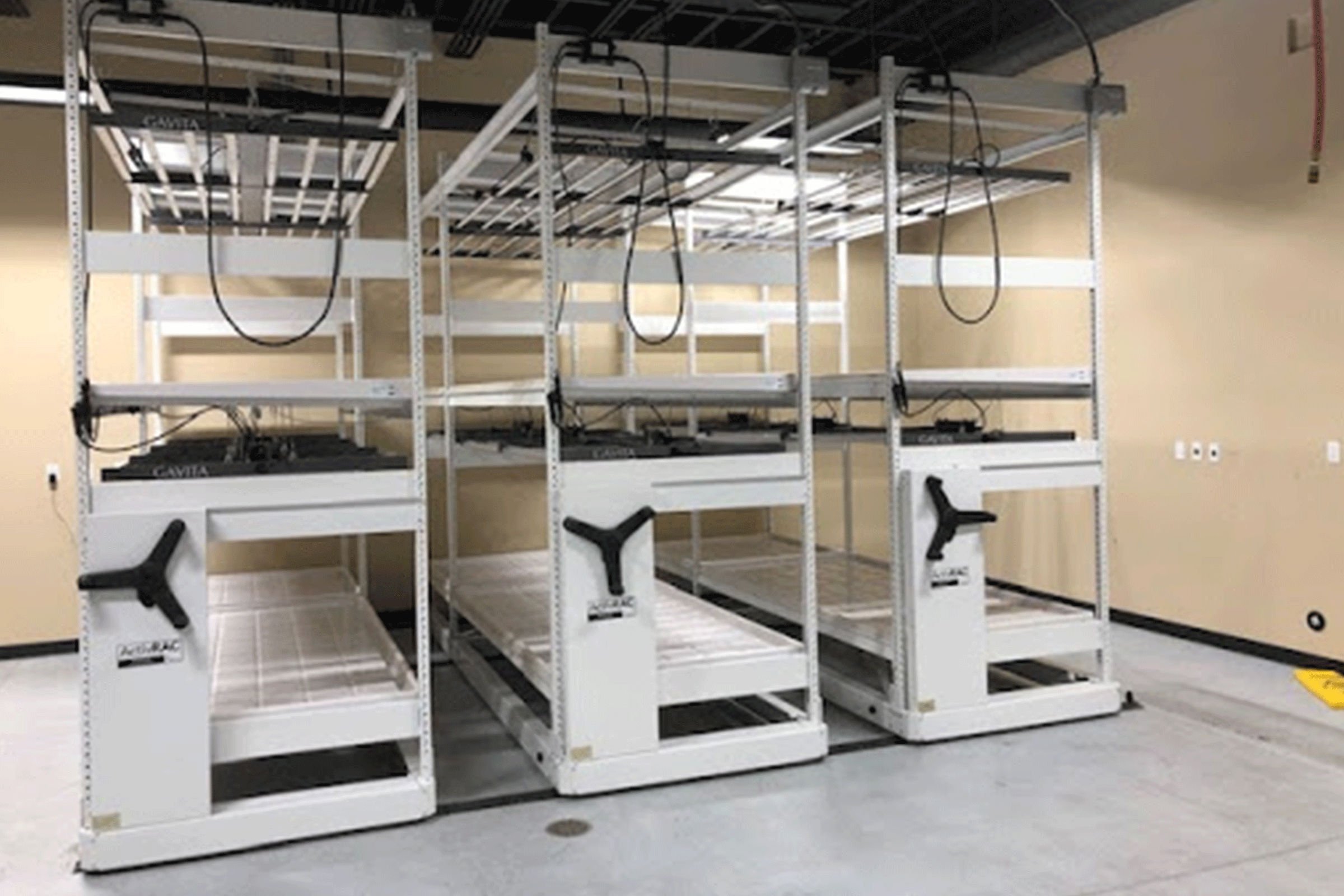

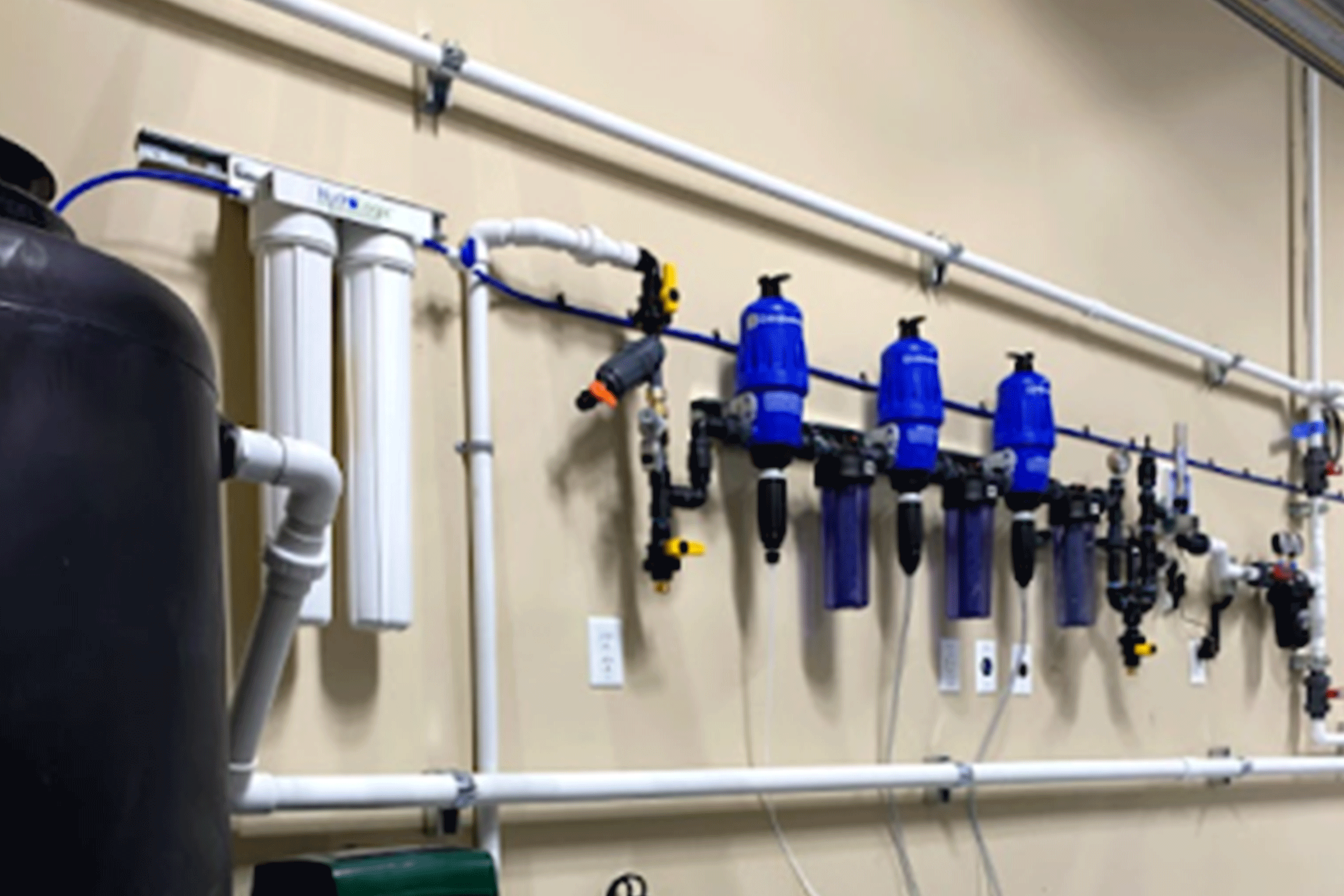
A well-designed drip irrigation system
- Features the ability to alter the frequency and duration of irrigation events
- Delivers uniform flow rate and total amount of water and nutrients to each individual plant
- Includes the ability to provide targeted water programs for each plant growth- or crop-stage
- Provides adequate water supply or storage to maintain consistent irrigation
- Can help minimize costly wastewater removal or treatment
- Can help minimize humidity load for indoor growing operations, thus helping to reduce dehumidification load
The primary goal of any irrigation system is to deliver water and nutrients to your plants in a consistent, uniform fashion. This can help maximize total crop yield, and reduce the risk of pest and disease pressure in soilless media. The design and management of your irrigation system is integral to maximizing crop output.
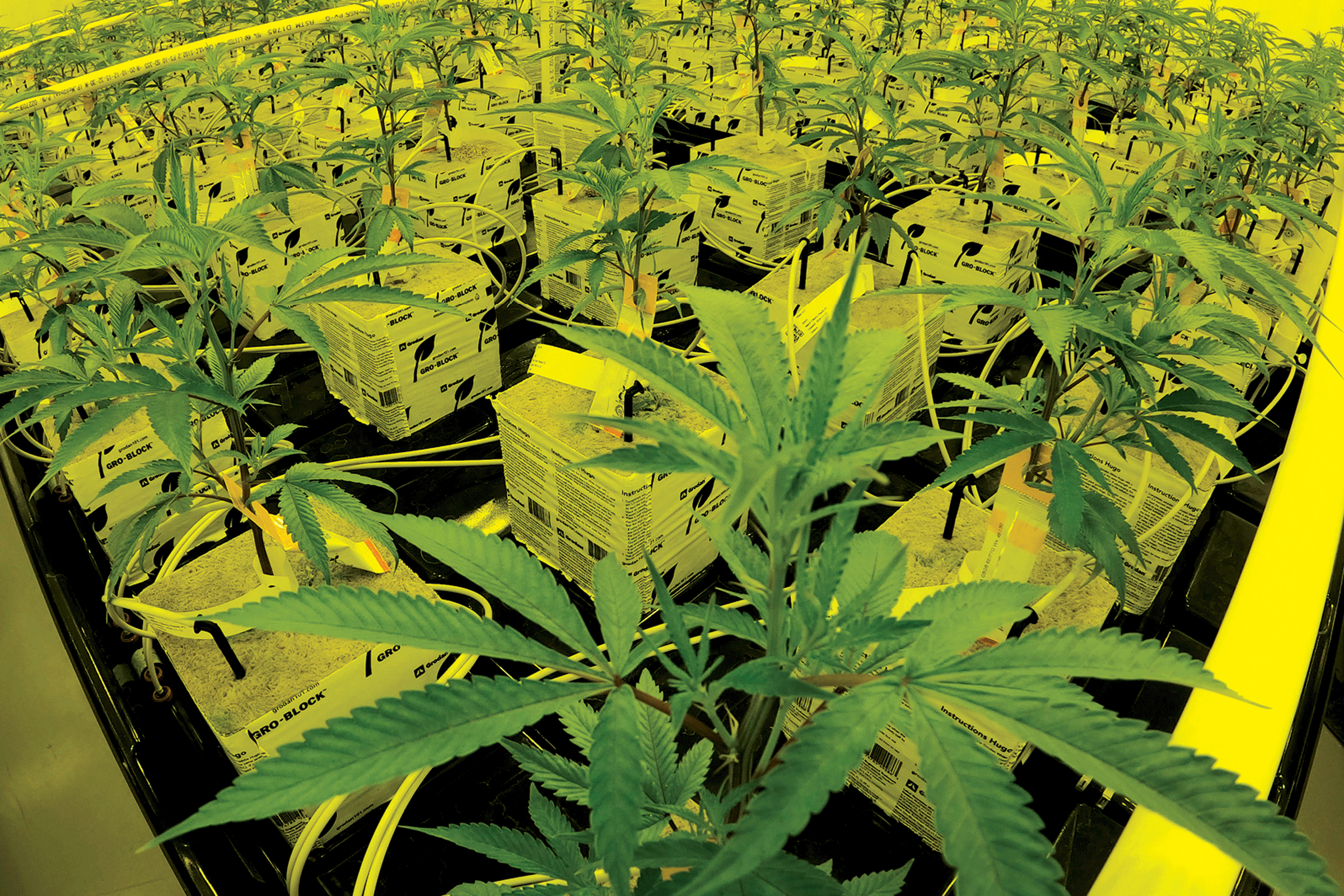
Hawthorne has the products and advice to keep you in the game
Hawthorne Gardening Company, in partnership with some of the largest irrigation equipment manufacturers in the world, is here to help you maximize your crop’s potential with the best irrigation management strategies and information available today.
Our dedicated team can assist you in every step of the way to ensure that your system will work exactly how it is supposed to from day one.
For more information, call Hawthorne at 888-808-4826 or fill out the form below.
